A recent archaeological study is rewriting our understanding of medieval food and the Christian influence on the foodways of Europe. Contrary to long-held assumptions that Christianity led to the widespread eschewing of the practice of eating horsemeat—hippophagy—a recent study of equine remains from medieval Hungary reveals that people continued to eat horses for centuries after the country’s conversion to Christianity around 1000 CE.

The research, published in the Antiquity journal, was led by Professor László Bartosiewicz of Stockholm University and Dr. Erika Gál of Hungary’s HUN-REN Research Centre for the Humanities. The scientists analyzed over 500 horse remains from refuse pits at 198 medieval Hungarian settlements to determine the proportion of horse bones in food waste in order to identify where and when horses were likely being consumed.
The study refutes the general position that religious doctrine was the primary force behind the decline of horsemeat consumption during the Middle Ages. According to the researchers, based on documentary evidence, abandoning horsemeat consumption is generally associated with the emergence of Christianity in medieval Europe. But in the absence of explicit prohibition, a large degree of regional diversity can be seen in the condemnation of horsemeat across Europe.
Whereas some Christian medieval texts described horse eating as unclean, even Satanic—associating it with “barbarian” non-Christian groups—there was no official ban comparable to religious food laws in Judaism or Islam. Reaction to hippophagy varied by location and over time. In Hungary, archaeological data indicate that horse meat continued to be part of the standard diet long after Christianization under Stephen I.

Most notably, it seems rural society continued the tradition. In some settlements, horse bones made up nearly one-third of the identifiable animal remains found in garbage dumps. Such high proportions suggest horsemeat consumption continued, even into the 13th century.
In the scholars’ opinion, the turning point was not due to pressures created by religion but by the devastating Mongol invasion of 1241–1242. The invasion resulted in an estimated 40% to 50% mortality of Hungary’s population and effectively destroyed the agrarian and pastoral economies of the country. Horses, which had been plentiful before, became scarce and were increasingly used as assets for war and transportation, rather than as a source of food.
“Horses were valuable war booty, and surviving horse stock was probably in high demand for purposes other than food,” the researchers wrote in their study.
Following the invasion, King Béla IV of Hungary encouraged Western European settlers to settle in the devastated territory to repopulate it. The immigrants were accompanied by different preferences for foods—preferences that did not include horsemeat. Unlike Hungary’s earlier pastoral population, who had relied on livestock such as horses, the arrivals were more urbanized and preferred pigs, which were better suited to sedentary farming. The demographic and economic shifts thus significantly influenced the reshaping of food traditions.

Historical accounts elsewhere in medieval Europe present such complexity. In Iceland, for instance, horsemeat eating continued among the lower ranks well into the 12th century, and in Norway, King Olaf Tryggvason was ridiculed by pagans as a “horse-eater”—a reflection of how diet could be used to create social and religious identity.
The researchers argue that horsemeat consumption in Hungary did not fall off because of religious persecution but because of a mix of practical and cultural factors that included war, migration, and changes in agriculture. They emphasize that archaeology should test and sometimes revise the stories provided by historical documents.
“Tropes equating hippophagy with ‘barbarity’ have abounded since antiquity,” they wrote. “This ‘othering’ is most poignant in sources that post-date the events they are describing, sometimes by centuries, and possibly portray negative generalisations rather than past reality.”
The research concludes that dietary customs, especially those associated with horsemeat, represented complex regional identities based on environment, politics, and custom, not simply religious edicts.



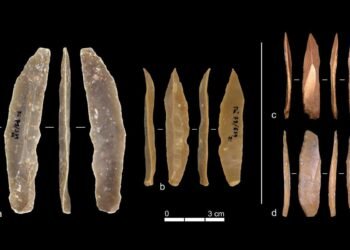
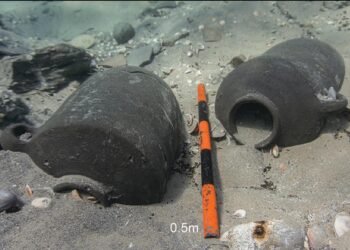
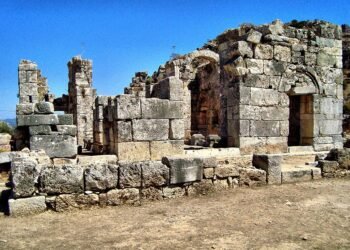
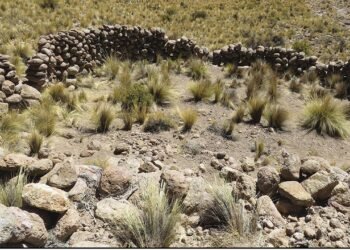

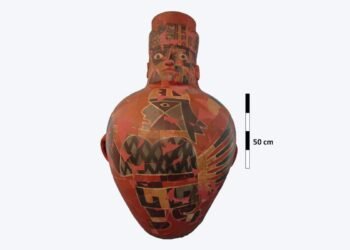













Comments 0